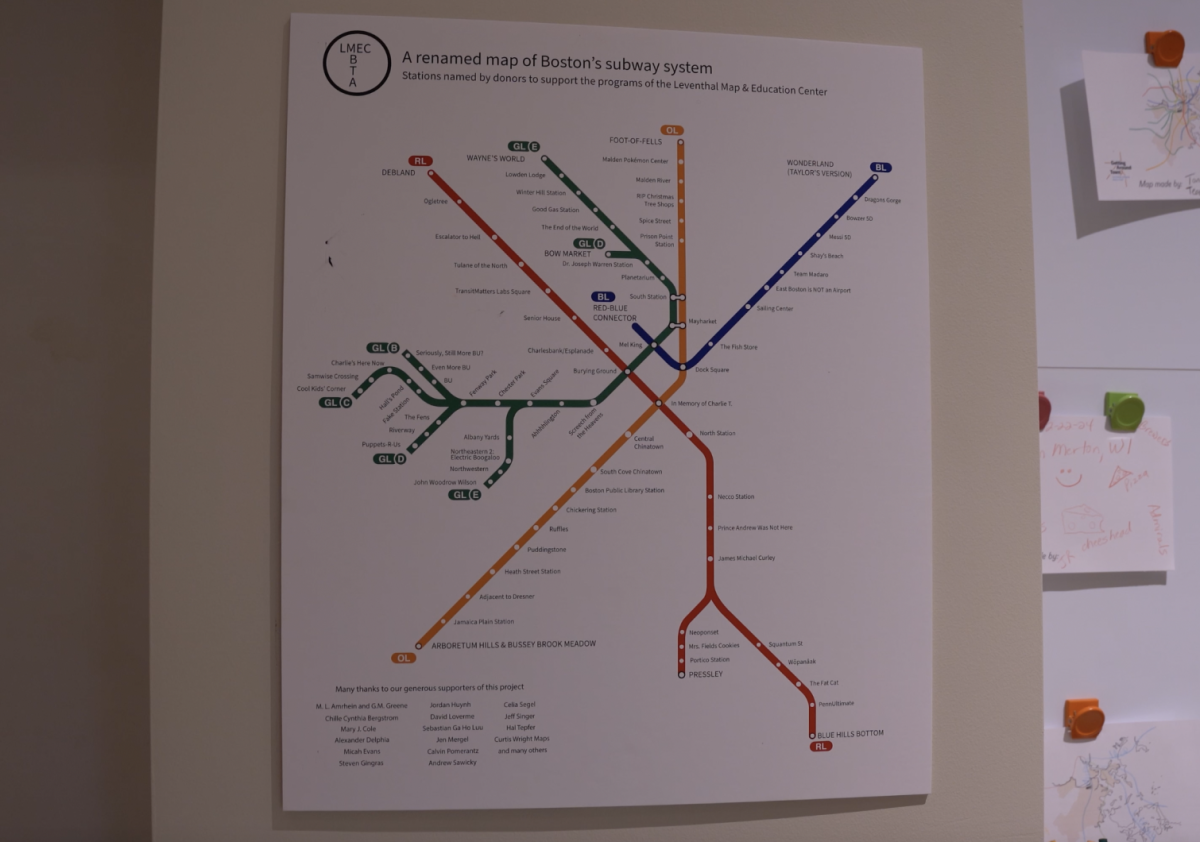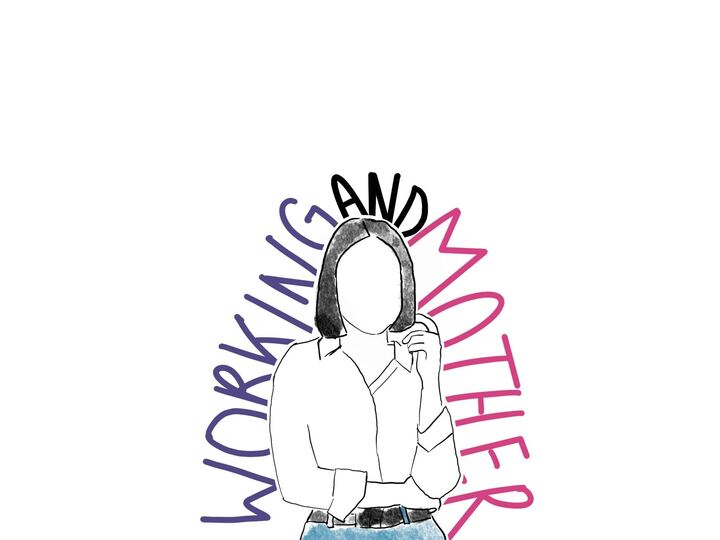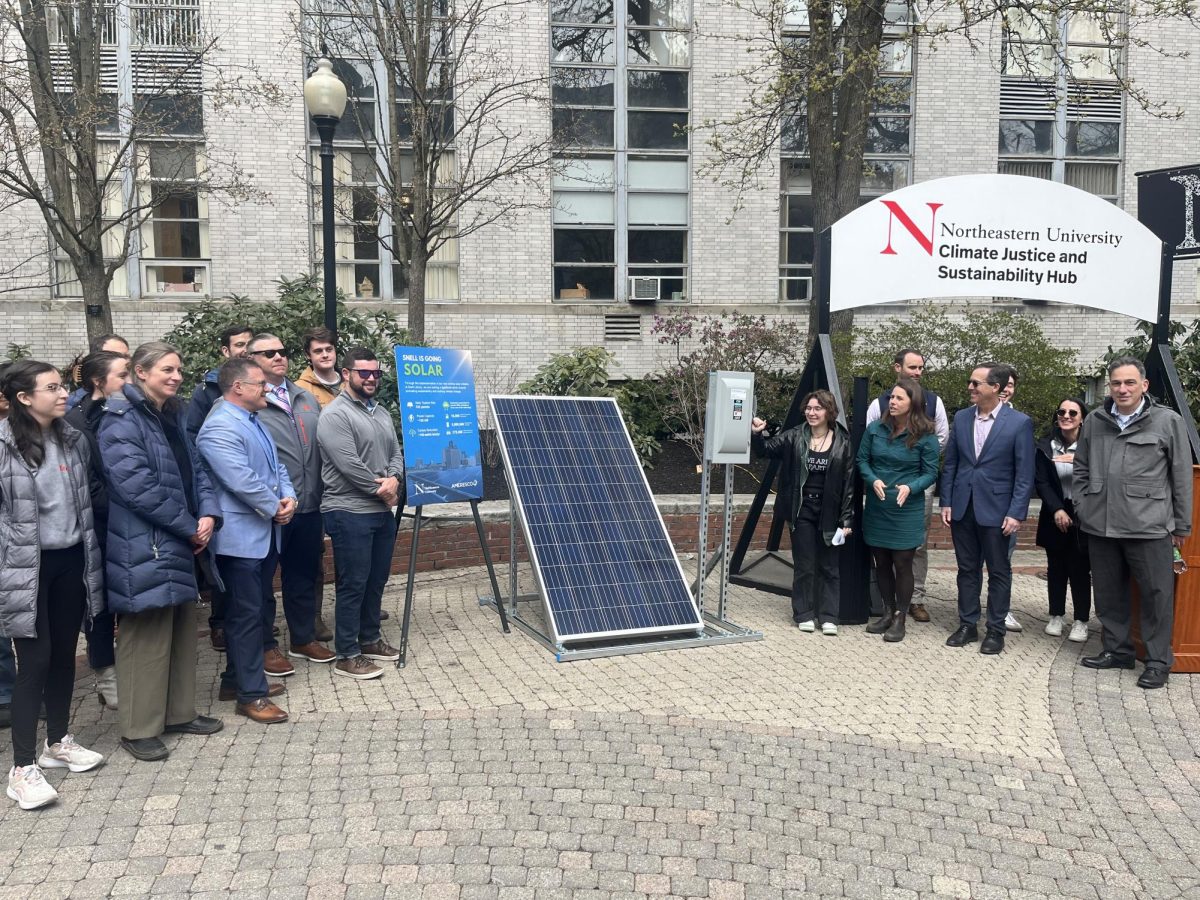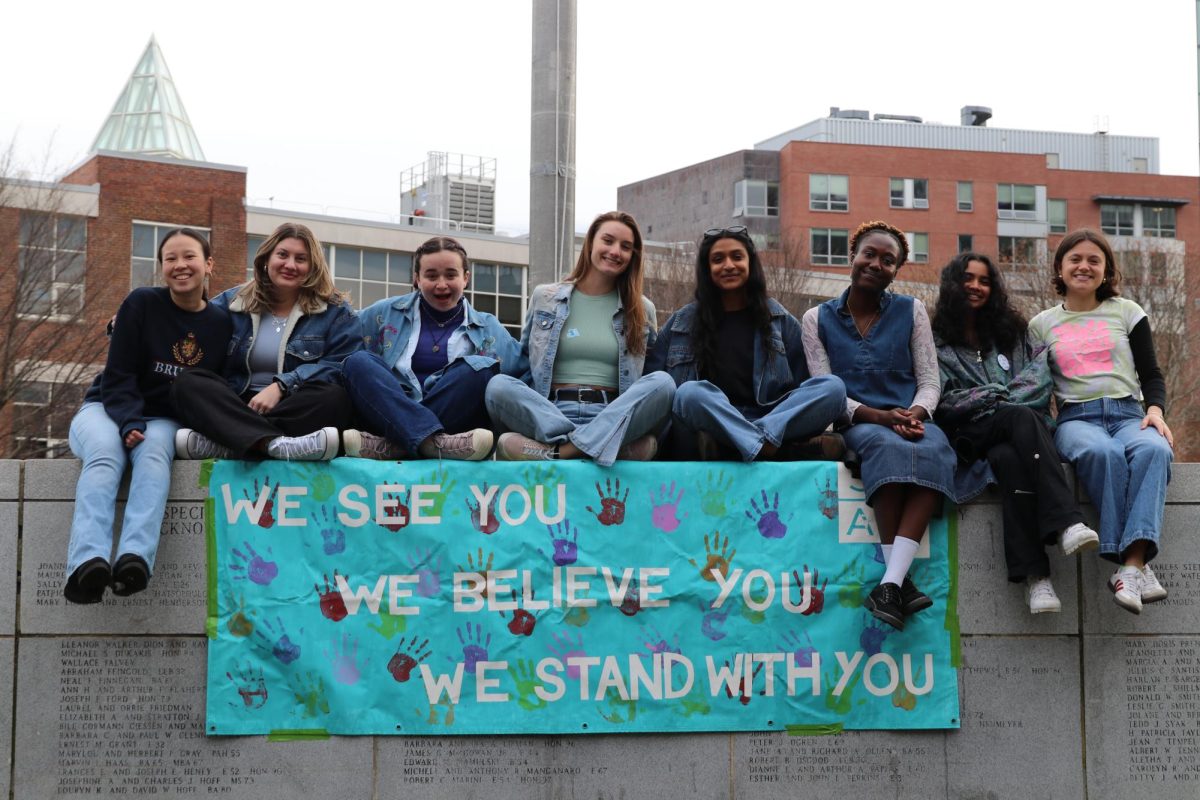By Todd Feathers, News Staff
Candidates for president and executive vice president of the Student Government Association [SGA] will have to run as part of a ticket next year, after the SGA voted to eliminate individual candidacies for the two positions.
“A candidate for president and a candidate for executive vice president must share the same slate,” Julia Patten, a middler international affairs and economics major and chair of the SGA’s election committee said. “Voters do not have the option to vote for a [presidential] candidate from one slate and an executive vice president candidate from another.”
Patten and others who strongly supported the policy change argued that the new rule would encourage candidates for the top two positions to coordinate their goals and establish a repertoire with each other.
“I think this better facilitates developing the positions because it forces the two candidates to have a conversation about their goals and how they’re going to work together,” Peter Petrin, SGA president, said.
Last year, Petrin successfully ran as part of a slate with current Executive Vice President Nick Naraghi, a middler computer science and finance major.
Although the final vote was unanimous, several SGA members expressed their concern that the changes might diminish the importance of the executive vice president position and the initiatives those candidates stand for.
“As it stands, the executive vice president position hasn’t really been developed a lot,” Terry MacCormack, the SGA’s vice president of student services and a middler law and history major, said. “I think a point can be made that not allowing candidates to run separately might diminish the debate about what [executive vice presidents] do.”
Nicole Daly, SGA’s vice president of student affairs, opposed the change, arguing that it would have a negative effect on the organization, although she eventually voted in favor of the proposal.
“I do not believe in slates because I think it polarizes the organization,” Daly, a middler education and psychology major, said.
The SGA also increased the funding slates will receive for their campaigns next year from $500 to $1,000. Previously, individual candidates and slates received the same funding, $500, from the SGA’s direct election fund.
“Our [election] committee is hoping that this will allow campaigns to reach more voters,” Patten said. She added that during the previous two elections the SGA did not achieve the 20 percent of student votes required to make the elections valid, requiring an extended voting time.
The SGA’s direct election fund was established through a donation from former Northeastern President John A. Curry, but SGA officials said the money Curry donated is running out and therefore any further funds will have to be provided by the university’s Student Affairs department.
But SGA officials said the funding change is not actually an increase, it is simply changing the rules so that candidates, who are now forced to run as part of the same campaign, receive the same funding they would have in the past if they had run individually.
“As long as there isn’t enough money for candidates to reach out to their maximum capacity it’s irresponsible and a waste of the money already given to them,” Maya Quijada, SGA comptroller and middler political science and international affairs major, said.
Correction: A previous version of this article stated that after the direct election fund runs out, further funds for elections would be provided for by the Student Activity Fee. The money will instead come from the university’s Student Affairs department.











